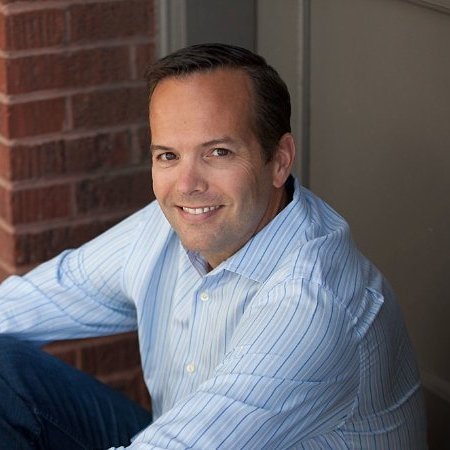While Crowdfunding gets most of its publicity due to massive campaigns for sexy devices on Kickstarter our...
David Drake
By David Drake GroundFloor, a peer-to-peer real estate lending platform, is launching a landmark securities offering that...
One of our regular contributors David Drake visited Australia last year speaking at a number of...
by David Drake Regulation A+, which is also known as Direct Public Offering, will significantly bring down...
The following guest post is by David Drake, founder and chairman of LDJ Capital, a New York...
David Drake is founder of LDJ Capital and The Soho Loft and a fervent Jobs Act Advocate....
Look at Scrubs star Zach Braff who, after appealing to his fans to support his indie film...
Getting through college is tough and even more so in a recession. The Consumer Financial Protection Board...







